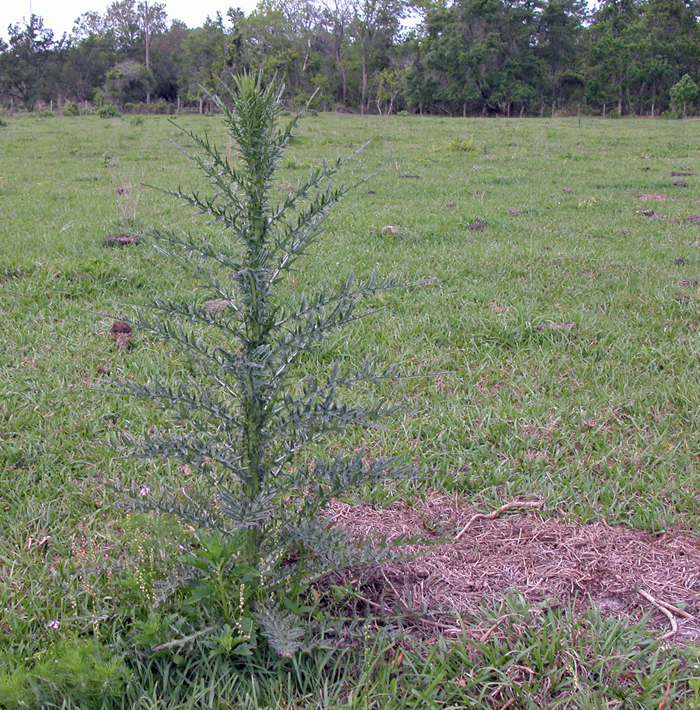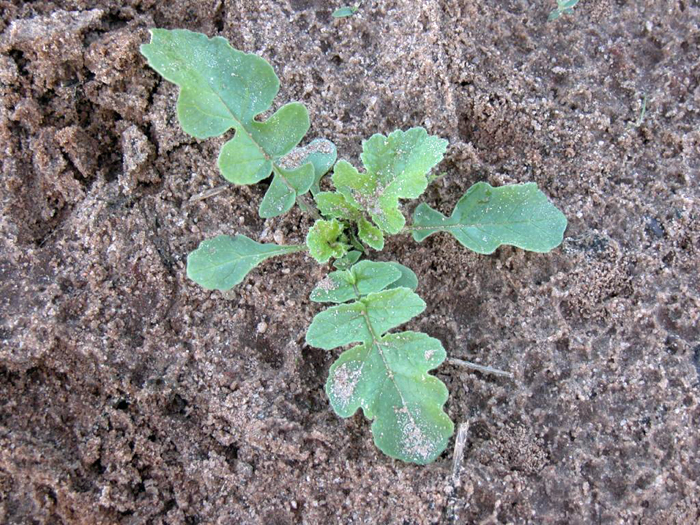By jferrell

The summer of 2015 will long be remembered for the consistency and amount of rainfall received. This was a great benefit for the crop farmer, but made life exceedingly difficult for the hay farmer. With all this rain I saw many pastures that were “soggy” all summer. Bahiagrass is a durable and highly persistent grass that can tolerate periodic flooding. But this past summer provided weeks to months of water standing on the pasture, or just below the surface. In this environment, roots begin to die off and the overall vigor of the pasture declines. This will allow open spots to form in the grass and create an ideal environment for weed encroachment.
The weeds I most expect to see are the common winter/spring weeds: thistles, red sorrel, and wild radish/mustard. Though we see these every year, I anticipate that they will be more numerous in 2016. Therefore, I suggest that you scout early and often, and be ready to spray. Generally speaking, spraying small weeds will translate into better control at a lower cost than waiting until the weeds are large, so be ready. There is no reason to bale weedy “cow hay” for the first cutting, when a herbicide application in March could control those weeds. As long as daytime temperatures are 60-65 F (or higher), the herbicides will work fine. At these cooler temperatures, switching to a 2,4-D ester instead of an amine will also provide a positive herbicide benefit.

A proactive weed management strategy will allow the pasture to transition from winter dormancy without weed competition. This will provide a good environment for the grass to reestablish itself and improve the first hay cutting.
Source:ufl.edu